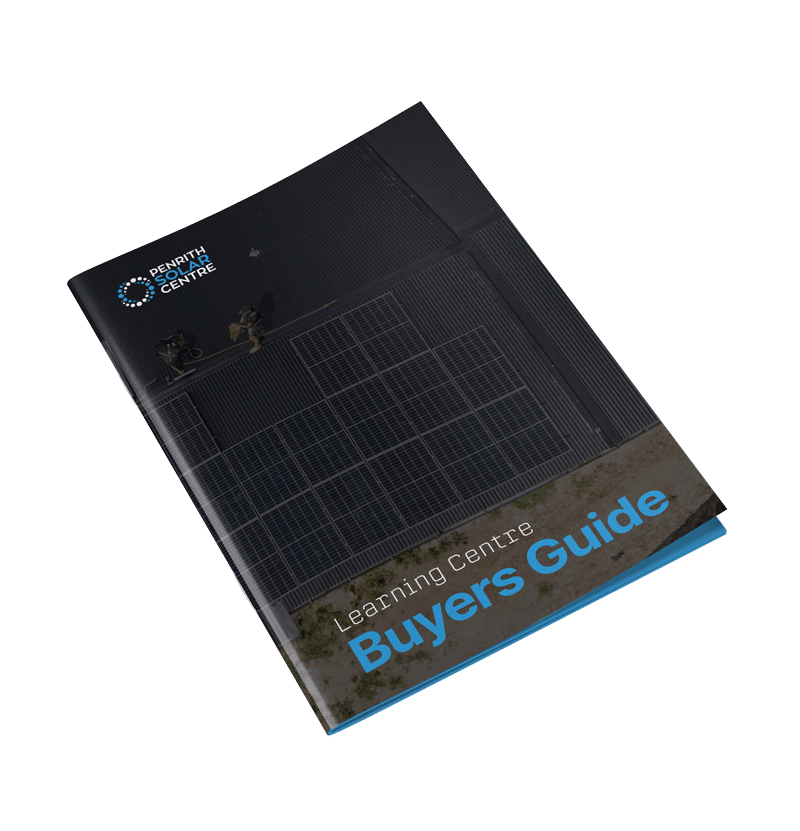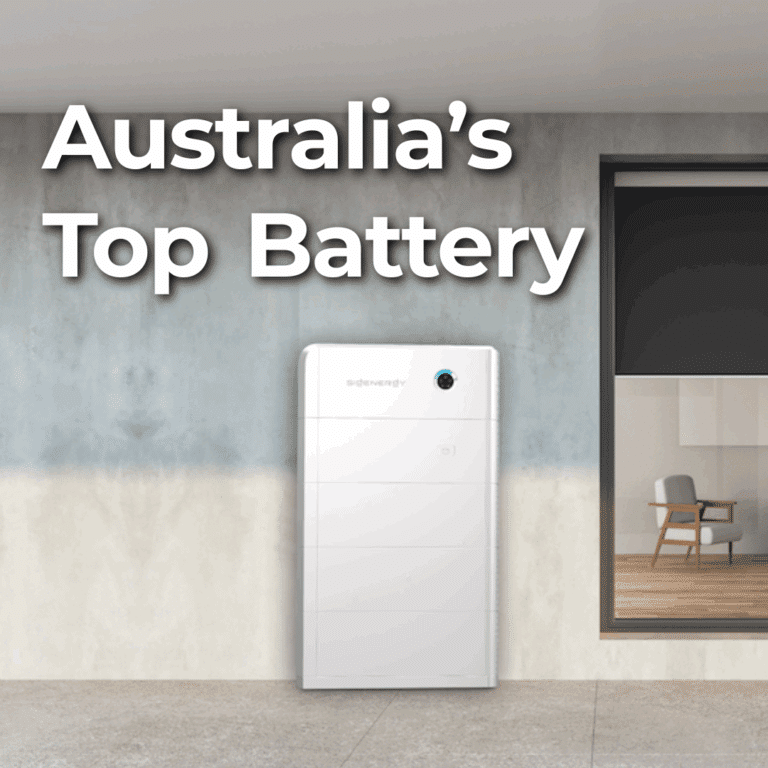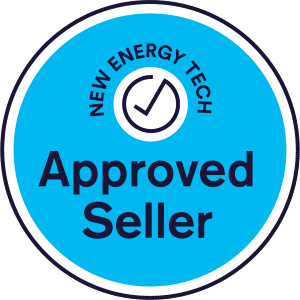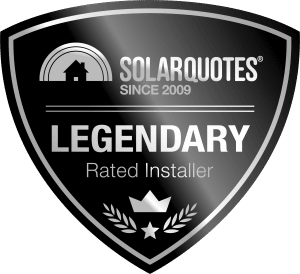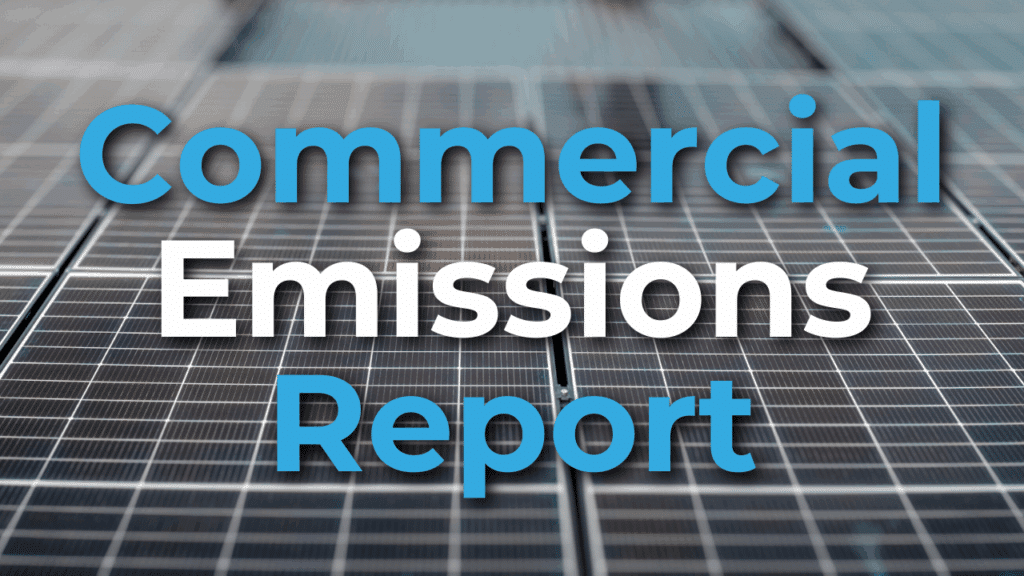
You might have just discovered that your business will soon need to report its carbon emissions. You might have a customer who told you they need to see your emissions numbers. You may have heard about new rules coming in and are unsure what to do next.
Regardless of your situation, you’re not alone and you’re not late yet. But things are moving quickly, and you could fall behind if you don’t act soon.
At PSC Energy, we work with businesses like yours every day. We understand how new standards can feel confusing or like a burden. But we also know these changes don’t just add pressure; they create real opportunities. The good news is, there are simple, cost-effective ways to lower your emissions and protect your business at the same time.
In this article, you’ll learn about the following:
- The Wake-Up Call: Why Emissions Reporting Isn’t Optional Anymore
- Scope 1, 2, and 3: What You’re Actually Being Measured On
- Why Solar Panels Are the Smartest First Move with Emissions Reporting
- Follow the Money: The Business Case for Going Solar
- How to Get Ready for Emissions Reporting Without the Headache
- Don’t Wait with Emissions Reporting — Your Customers Won’t
By the time you finish this article, you will know what the new sustainability reporting rules are, what they mean for your business, and how installing a solar system can help you meet the rules and keep your most important customers.
The Wake-Up Call: Why Emissions Reporting Isn’t Optional Anymore
In Australia, many businesses must report their carbon emissions every year. These rules are part of new accounting standards that focus on sustainability.
The first group of businesses affected are the largest — those with over $500 million in yearly revenue. They must start reporting by 30 June 2025. The next group will follow the year after. By 2027, even smaller businesses will need to report their emissions.
These rules are based on a global framework. You can read more about it in the International Sustainability Standards Board (ISSB) guidelines. This page explains how companies must report their climate risks and carbon data the same way they report financial data, so it’s clear and comparable.
You need to prepare if your business is not in the first group. Your customers may already be getting ready.
A large grocery chain, for example, may need to report its emissions next year. That chain will look at all its suppliers to see if they are helping or hurting its goals. If you sell food to that grocery chain, your carbon footprint becomes their problem.
This is not just about the rules. It is also about how people see your business. When big companies report their emissions, they also show how they lower them.
If your business is part of their supply chain and you are not doing anything to help, they may stop working with you. That could hurt your revenue and your reputation.
If you’re interested in learning a bit more about whether your business is a good fit for solar, you might want to check out the following article titled, Is Your Business a Good Fit for a Commercial Solar Energy System?
Power up your savings. Click here.
Scope 1, 2, and 3: What You’re Actually Being Measured On
When you report your emissions, you break them into three groups. These are called Scope 1, Scope 2, and Scope 3. Each covers a different part of your business and how it affects the environment.
Scope 1 emissions are the ones your business creates directly. This includes the fuel you burn on site, like gas used in machines or company cars. If your mushroom farm has diesel tractors, the emissions from those tractors count as Scope 1.
Scope 2 emissions are from the energy you buy. Most of the time, this is electricity. If you buy power from the grid to run your buildings, your fridges, or your lighting, the emissions from making that electricity count as Scope 2. This is where solar makes the most significant difference. Using solar instead of grid power decreases your Scope 2 emissions.
Scope 3 emissions come from other businesses that you work with. These include your suppliers, delivery companies, and even your employees’ travel. If your mushroom supplier drives a long way to deliver produce, those emissions are counted in Scope 3. This is also where your large customers measure your impact on their reports.
Your customers now care about all three types. For example, a grocery chain may want to lower its Scope 2 emissions. To do that, it needs its suppliers to reduce their Scope 1 emissions.
The grocery chain may choose a different supplier if your business is not doing that.
Understanding these three scopes helps you see why solar is a strong step forward. It lowers Scope 2 right away, and it shows your customers that you are serious about change.
If you’re interested in learning a bit more about commercial solar, you might want to check out the following article titled, Commercial Solar Energy in Sydney: Why Should I Consider It?
Let’s talk solar savings. Click here.
Why Solar Panels Are the Smartest First Move with Emissions Reporting
If you need to lower your emissions, solar is one of the easiest ways to start. A solar system on your roof can cut your power bills and reduce how much carbon your business puts into the air. This helps with your emissions reporting and can also improve your bottom line.
Most of the carbon your business creates comes from electricity use. When you install solar, you use less electricity from the grid. That means you generate fewer Scope 2 emissions. You can show this clearly in your yearly report.
Solar is also a strong business investment. Many business owners ask, “Why should I spend money on solar instead of new equipment or a vehicle upgrade?” The answer is that solar gives strong returns over time. You save money on energy bills every month. And with the right rebates, your payback time can be short.
Your large customers care about this. The grocery chain mentioned earlier will check if the mushroom farmer they work with is lowering emissions. The grocery chain will feel confident if the farmer has solar panels and a clear plan. If not, they might buy from someone else.
Solar is not only about being green. It is about keeping your customers and staying competitive.
If you’d like to learn a bit more about our aftercare, you might want to check out the following article titled, Penrith Solar Centre’s Service Department Safeguards the Future of Your System.
Ready to go solar? Click here.
Follow the Money: The Business Case for Going Solar
When it comes to solar, the numbers speak for themselves. Many businesses worry about the upfront cost of installing solar panels. However, the long-term savings can make this a highly profitable move.
For most businesses, energy bills are one of the biggest ongoing expenses. Solar helps you lower these costs significantly. Once your solar system is installed, you start saving monthly on your electricity bill. Over time, these savings more than cover the initial investment.
The best part is that solar installations often come with incentives. Governments and local utility companies offer rebates and tax credits to help reduce costs. These incentives can lower the upfront cost by up to 30%. This means you could see a return on your investment sooner than expected.
Another way solar helps with your finances is through net metering. Net metering allows you to return extra energy to the grid and get credits on your bill. If your solar system generates more energy than you need, you can sell it back to the grid. These credits can offset your energy bills even more.
Beyond just savings, solar helps you become more self-reliant. If energy prices rise, you are protected because your business produces its own electricity. This stability is an important part of running a sustainable business.
In the long run, solar can increase the value of your property. Real estate experts agree that buildings with solar panels are worth more. This could be a major advantage if you ever want to sell or lease your property.
Solar offers a solid financial benefit. It cuts costs, adds value to your property, and provides a reliable energy source. It’s a smart business decision that pays off over time.
If you’re interested in learning a bit more about PPAs, you might want to check out the following article titled, Power Purchase Agreements (PPAs) for Commercial Solar: A Practical Explanation for Businesses.
Get started with solar. Click here.
How to Get Ready for Emissions Reporting Without the Headache
Getting ready for emissions reporting does not have to be hard. You can take a few straightforward steps now to prepare your business. These steps will help you stay ahead of the rules and protect your customer relationships.
Start with a feasibility study. This report shows whether your site can support a solar system. It looks at your power use, roof space, and energy goals. At PSC Energy, we offer these studies to help you understand what solar can do for your business.
Next, book a site inspection. Our team will visit your site and check the roof, electrical systems, and other important details. This ensures we can design a system that works for your building and meets all safety standards.
You may also need a structural report. This report confirms your roof is strong enough to hold solar panels. It is a key step before installation. Without it, you may face delays or added costs.
These steps give you a clear picture of what is possible. They also give you documents you can show your customers. If a grocery chain asks what you are doing to lower emissions, you can say, “We’ve had a feasibility study, a site inspection, and a structural report. We’re now choosing the best payment option for our solar system.”
Speaking of payment, you have choices. Some businesses pay for solar up front. This is called a CapEx model. Others choose a Power Purchase Agreement (PPA) or leasing option. These allow you to install solar with little or no upfront cost and pay over time.
We help you compare these options and pick the one that fits your goals. Our goal is to make it simple, clear, and cost-effective.
If you’re interested in learning a bit more about commercial solar installation, you might want to check out the following article titled, Commercial Solar Panel Feasibility Study: How Businesses Can Assess Energy Benefits.
Let’s go solar today. click here.
Don’t Wait with Emissions Reporting — Your Customers Won’t
Many businesses thought they had more time to prepare for emissions reporting. Now they are realising that time is up. The first group of large companies must report their emissions by 30 June 2025. They need data now. That means they are asking their suppliers for updates right now, too.
This is why you cannot wait. If you work with a large customer like a grocery chain, they will expect you to show progress. If you cannot, they may work with another supplier who can.
These big businesses are under pressure from shareholders, boards, and the public. They must prove they are doing something about their carbon footprint. If they say they will cut emissions by 10%, and their suppliers are not helping, it puts their whole plan at risk.
That means your actions now affect more than just your own business. They affect your customers’ reputations and results, too. If you can show you are making changes, you make their job easier. You also make your spot as a supplier more secure.
This pressure is not going away. It will grow. Each year, more businesses will have to report. The rules will apply to smaller companies next. So even if you are not affected today, you will be soon.
Moving now means you will be ready when your time comes. It also shows leadership. You are not waiting for pressure to build. You are already taking steps to improve. That makes you a stronger, more trusted business partner.
If you’re interested in learning a bit more about the importance of a good installer for your solar (the most important component of any system, seriously), you might want to check out the following article titled, In-house Installers vs. Subcontractors: Which is Better?
What to Do Next
You do not need to figure this out on your own. There are clear steps you can take right now to get ahead.
Start by booking a feasibility study with PSC Energy. This will help you understand what a solar system can look like for your site. It will also give you numbers to share with your board or customers.
At PSC Energy, we guide you through every step. From planning and reporting to installation and beyond, we simplify the process. We help you meet the new rules, save money on power, and keep your customers happy.
Now is the time to act. The sooner you start, the more options you will have. We’re here to help. It’s what we do.

If you’re interested in learning about the rebate for solar, you might want to check out the following article titled, Understanding the Federal Government Solar Rebate in Australia: The STC Scheme in 2024

